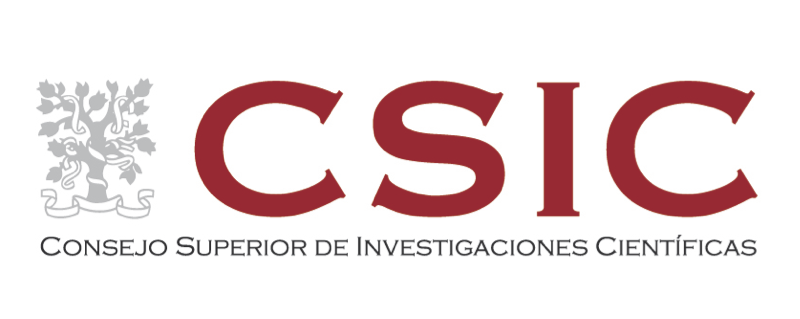Persistent Organic Pollutants (POPs) have been identified as a significant factor driving declines in wildlife populations. These contaminants exhibit a dual tendency to biomagnify up the food chains and persist within tissues, rendering long-lived vertebrates, such as raptors, highly vulnerable to their adverse effects. We assessed the concentrations of polychlorinated biphenyls (PCBs) and organochlorine pesticides (OCPs) in fledglings of two vulture species, the Egyptian vulture (Neophron percnopterus) and the griffon vulture (Gyps fulvus), coexisting in northern Spain. Vultures, currently facing a severe threat with a population decline exceeding 90%, represent one of the most critically endangered avian groups in the Old World. Despite this critical situation, there remains a scarcity of research examining the intricate relationship between contaminant levels and individual foraging behaviors. In parallel, we analyzed stable isotope levels (δ15N and δ13C) in fledgling's feathers and prey hair to determine the association between individual dietary and contaminant burdens. Our findings revealed higher levels of PCBs in Egyptian vultures, while pesticide concentrations remained very similar between focal species. Furthermore, higher individual values of δ13C, indicating a diet based on intensive farming carcasses and landfills, were associated with higher levels of PCBs. While the levels of POPs found do not raise immediate alarm, the presence of individuals with unusually high values reveals the existence of accessible contamination sources in the environment for avian scavengers. The increasing reliance of these birds on intensive livestock farming and landfills, due to the decline of extensive livestock farming, necessitates long-term monitoring of potential contaminant effects on their populations.




